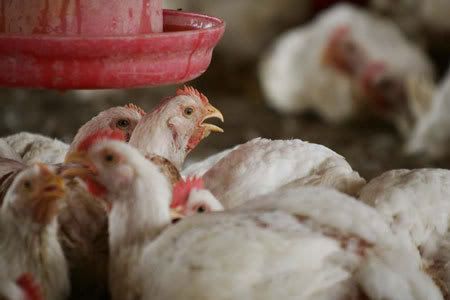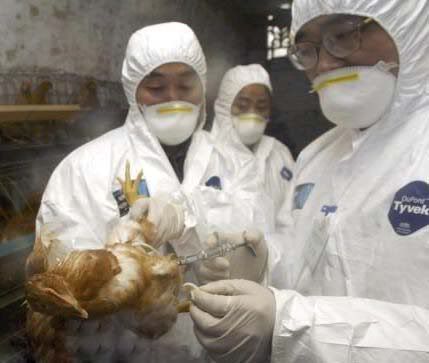Emerging Viruses
What are emerging viruses?
They are viruses which are coming out into view. In this world, there are many virus, different species and genomes, RNA or DNA viruses.But the most emergent viruses are zoonotic. Emerging viruses are caused by many factors, the main cause of it is Animals.
An example is man invading animal’s natural habitat. Some other factors can be climate change, forest fires ( haze) and pollution.
Why are these factors contributing to emerging virus and mutation of viruses?
Climate changes causes mutation of viruses because of indefinite amount rainfall resulting in floods in some area altering the growth of viruses in that specific area. Forest fires caused haze and pollution which could also affect the growth of viruses.
Influenza and SARS viruses shown above
Some examples of emerging viruses over the past years are dengue virus, influenza virus and coronavirus, also known as SARS. The reason it is named as coronavirus is because of its crowned shaped like figure. The avian influenza virus, also known as the Bird Flu virus is one of the most widely spread virus among the emerging viruses.
Avian Influenza Virus.
Influenza virus that infects birds are called avian influenza virus. They come from the family of Orthomyxoviridae. This virus can stay intact in air for long period of time because they are enveloped RNA viruses and enveloped viruses are more robust. Only Influenza A virus infects birds, however, there is rapid mutation in the RNA genome which creates new subtypes. But there is still a huge difference in the subtypes that typically infect humans and birds.
How is avian influenza infecting and spread among birds?
The virus is very contagious among birds and can make domestic bird such as chickens, ducks, turkey very sick and eventually kills them. Spreading of avian influenza virus can be done easily, infected birds carry the virus saliva and wastes.
When the others uninfected birds come into direct contact with it, they get infected. Direct contact with contaminated cages or materials can also infect the birds. This disease has two main forms, low and high extremes of virulence. The low pathogenic form is undetected, usually mild or almost no symptoms shown. While on the other hand, the high pathogenic form cause disease that affects the internal organs and can cause death to the birds within 48 hours.
Avian influenza in humans.
There are only 4 strains of avian influenza virus that will cause disease in humans, they are, H5N1, H7N3, H7N7 and H9N2. Although avian influenza virus is known only to cause disease in birds, they can adapt over time to infect and spread among in humans.
In an outbreak of avian influenza among domestic birds, those who had gone into contact with the infected animal’s wastes and secretions might carry the risk of getting infected. Some symptoms of the infected are ranged from fever, sore throat, cough or muscle aches to more serious symptoms such as eye infections and severe respiratory diseases. The symptoms are based on which virus infected the human.
Example of Hong Kong Bird Flu.
H5N1 strain outbreak killed 6 person in 1997 and the last outbreak in may 2001 is a new strain of the H5N1
Control.
Some ways to control and prevent avian influenza virus from spreading are killing and burning of infected poultry, quarantine the infected humans. If you are sick, stay at home, cover mouth when coughing.
Diagram below shows producures in place to deal with a avain flu outbreak
Videos
This video provides more information on the influenza virus and how it infects.
References:
HELLO
1:28 AM
1:28 AM








